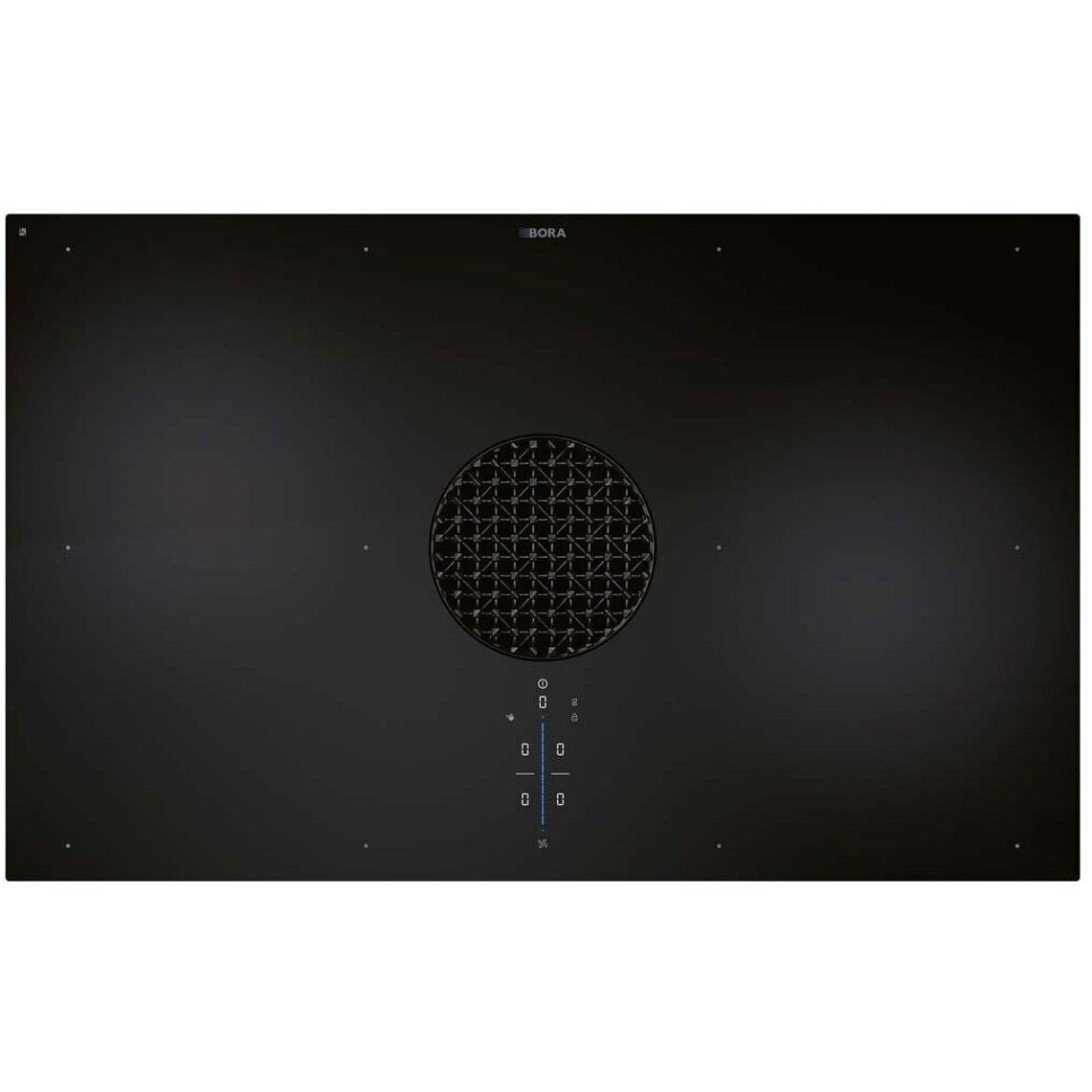10 Factors To Know On Pyrolysis Oven Comparison You Didn't Learn In Sc…
페이지 정보

본문
Pyrolysis Oven Comparison: A Comprehensive Guide
Pyrolysis is a thermal decomposition process used to transform natural materials into biochar, bio-oil, einbaubackofen mit pyrolyse und dampfgarer funktion Test and synthetic gas. This process requires a specialized tool known as a pyrolysis oven, which heats up biomass in the lack of oxygen, permitting the breakdown of materials without combustion. The market offers a variety of pyrolysis ovens suited for Induktionskochfeld 4 Zonen Kaufen different applications, ranging from small-scale laboratory devices to large industrial makers. This post will provide an in-depth comparison of various kinds of pyrolysis ovens, Einbaubackofen Test (http://gitlab.ifsbank.com.cn/einbaubackofen-90-cm-breit9456) their specifications, applications, and benefits, along with a regularly asked questions section.
Understanding Pyrolysis Ovens
Before delving into contrasts, it is necessary to understand the various types of pyrolysis ovens available. These ovens can be classified based upon:
- Size (laboratory-scale vs. industrial-scale)
- Heating Method (electrical vs. direct fire)
- Material (steel vs. ceramic refractory)
Key Features and Specifications
When assessing pyrolysis ovens, some critical requirements to consider consist of:
- Capacity: The quantity of biomass it can process in a single batch.
- Operating Temperature: The optimum temperature level at which the oven can run.
- Energy Consumption: How much energy the oven uses during the pyrolysis process.
- Cooling System: Einbaubackofen Test The systems in location to cool down the oven post-operation.
Comparison Table of Popular Pyrolysis Ovens
The table listed below summarizes 3 widely utilized pyrolysis ovens in regards to their specs, applications, and benefits:
| Feature | Design A | Model B | Model C |
|---|---|---|---|
| Type | Batch | Constant | Small Lab |
| Capability | 500 kg/batch | 1000 kg/hour | 50 kg/batch |
| Operating Temp | 400 ° C | 600 ° C | 300 ° C |
| Energy Consumption | 20 kWh | 50 kWh | 5 kWh |
| Cooling System | Water-cooled | Air-cooled | None |
| Application | Charcoal production | Hazardous waste | Research experiments |
| Benefits | High efficiency | High throughput | Compact style |
1. Model A Pyrolysis Oven
Description: Model A is a batch-type pyrolysis oven advised for small to medium-scale charcoal production. It runs at an optimum temperature level of 400 ° C and boasts an energy usage of 20 kWh per batch.
Applications: Mainly utilized in the production of charcoal from biomass feedstocks like wood chips, farming residues, and other organic materials.
Benefits:
- High carbon capture effectiveness
- Low functional expenses
- Simple batch processing
2. Model B Pyrolysis Oven
Description: Model B is a continuous-flow pyrolysis oven developed for industrial-scale processing with a capacity of 1000 kg per hour. It can reach greater running temperature levels of as much as 600 ° C, making it appropriate for a larger range of feedstocks.
Applications: Often utilized for waste-to-energy jobs, recycling rubber, and processing agricultural waste.
Advantages:
- Higher throughput compared to batch ovens
- Perfect for constant feedstock supply
- Better conversion rates for numerous materials
3. Design C Pyrolysis Oven
Description: Model C is a compact, Induktionskochfeld Autark Test small lab oven suited for research and experimental functions, with a lower capacity of 50 kg per batch. It runs approximately 300 ° C and GeschirrspüLer Einbau 45 Cm Breit Leise Energieeffizient Angebot utilizes just 5 kWh of energy.
Applications: Used mainly in laboratories for research and advancement in pyrolysis processes.
Benefits:
- Space-efficient design
- Lower energy requirement
- Suitable for checking various feedstocks
Secret Considerations When Choosing a Pyrolysis Oven
Choosing the best pyrolysis oven depends upon a number of aspects. Here's a list of considerations:
Scale of Operation: Determine the volume of biomass you plan to process routinely.
Feedstock Type: Different materials may require different operating temperatures and processing techniques.
Budget plan: Consider preliminary financial investment expenses and functional expenditures.
Final Product Requirements: Define what you aim to produce-- whether it's biochar, bio-oil, or syngas.
Area Available: Ensure you have appropriate space for setup and future growths.
Regulatory Compliance: Confirm that the pyrolysis oven fulfills regional ecological guidelines and requirements.
Frequently Asked Questions (FAQ)
Q1: What are the ecological impacts of using a pyrolysis oven?
Pyrolysis ovens can decrease biomass waste, lower greenhouse gas emissions, and produce valuable final product. However, appropriate operation and maintenance are vital to decrease any prospective air and water contamination.
Q2: How is biomass prepared before pyrolysis?
Biomass ought to be dried and shredded into consistent pieces to enhance the efficiency of the pyrolysis process. The wetness material must preferably be listed below 20%.
Q3: Can I utilize multiple feedstock key ins a single pyrolysis oven?
Yes, many pyrolysis ovens can handle a variety of feedstocks; however, testing each type separately is suggested to determine ideal conditions and output quality.
Q4: How long does the pyrolysis procedure take?
The process can vary substantially depending on the oven type and specifications set. Usually, batch pyrolysis can take anywhere from a few hours to over 12 hours.
Q5: Is upkeep required for pyrolysis ovens?
Yes, routine maintenance is necessary for optimum efficiency. This consists of clearing out residues and looking for wear and tear on elements.
In conclusion, choosing the ideal pyrolysis oven needs cautious factor to consider of particular needs, applications, and desired results. With different models available, users can process biomass efficiently while adding to sustainability efforts. Understanding the essential specs, functions, and the advantages of various types of pyrolysis ovens is vital in making informed decisions, whether for small laboratory experiments or massive industrial operations.

- 이전글The 10 Scariest Things About Replacement Key For Hyundai I10 25.11.14
- 다음글You'll Never Guess This Buy Treadmill's Tricks 25.11.14
댓글목록
등록된 댓글이 없습니다.
